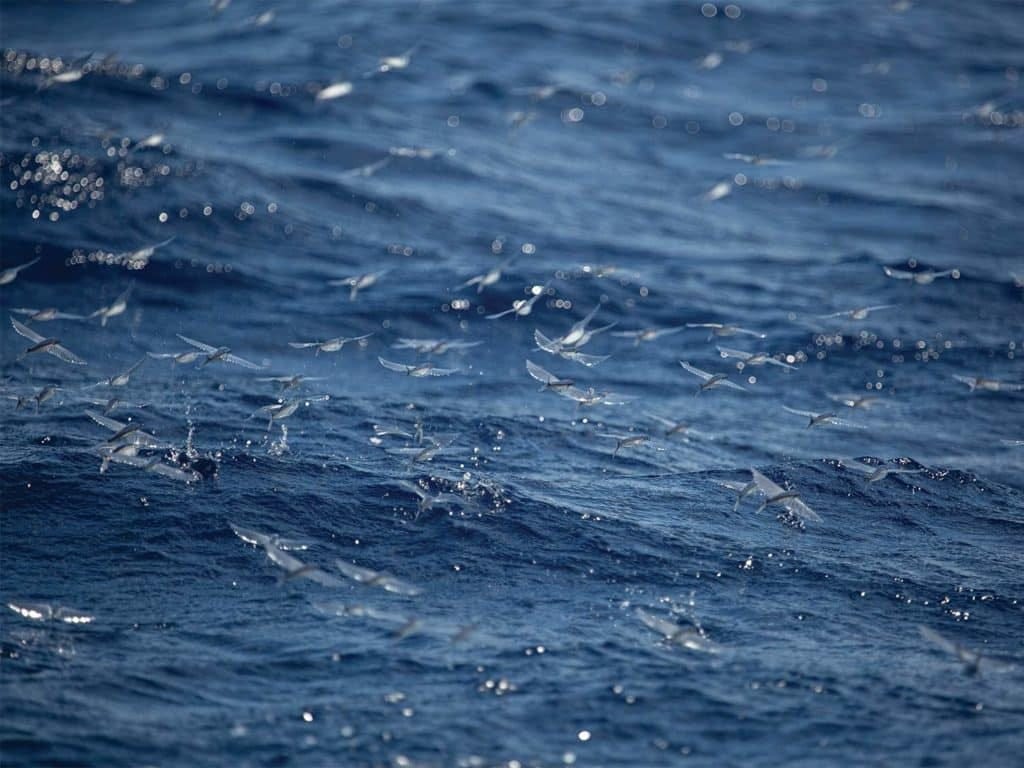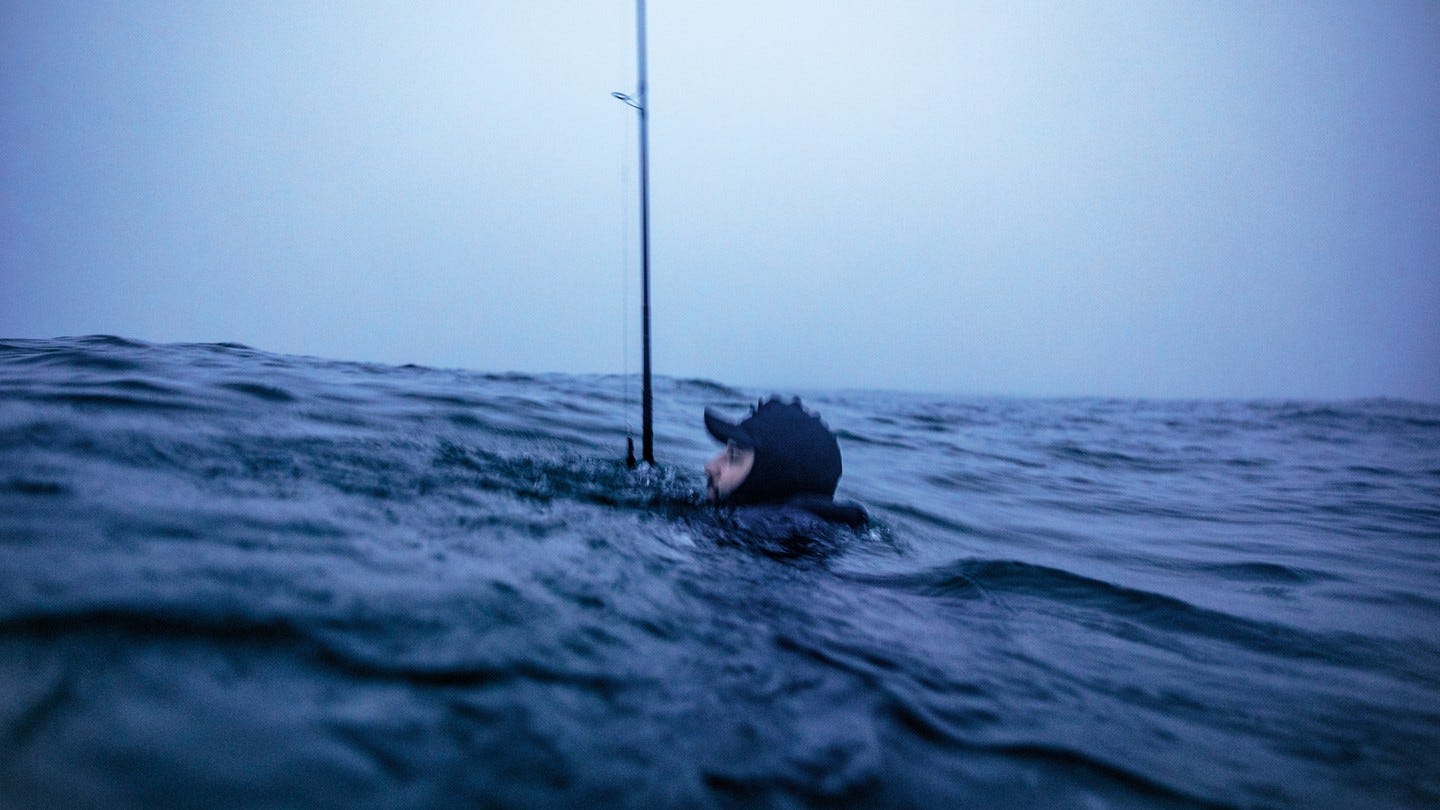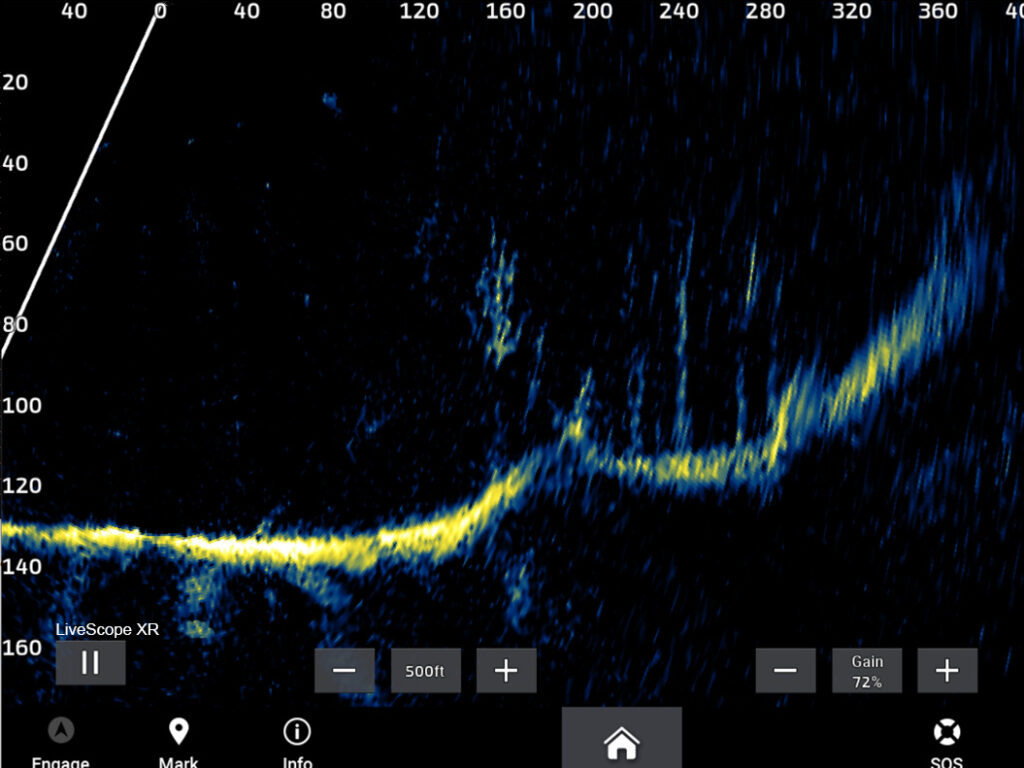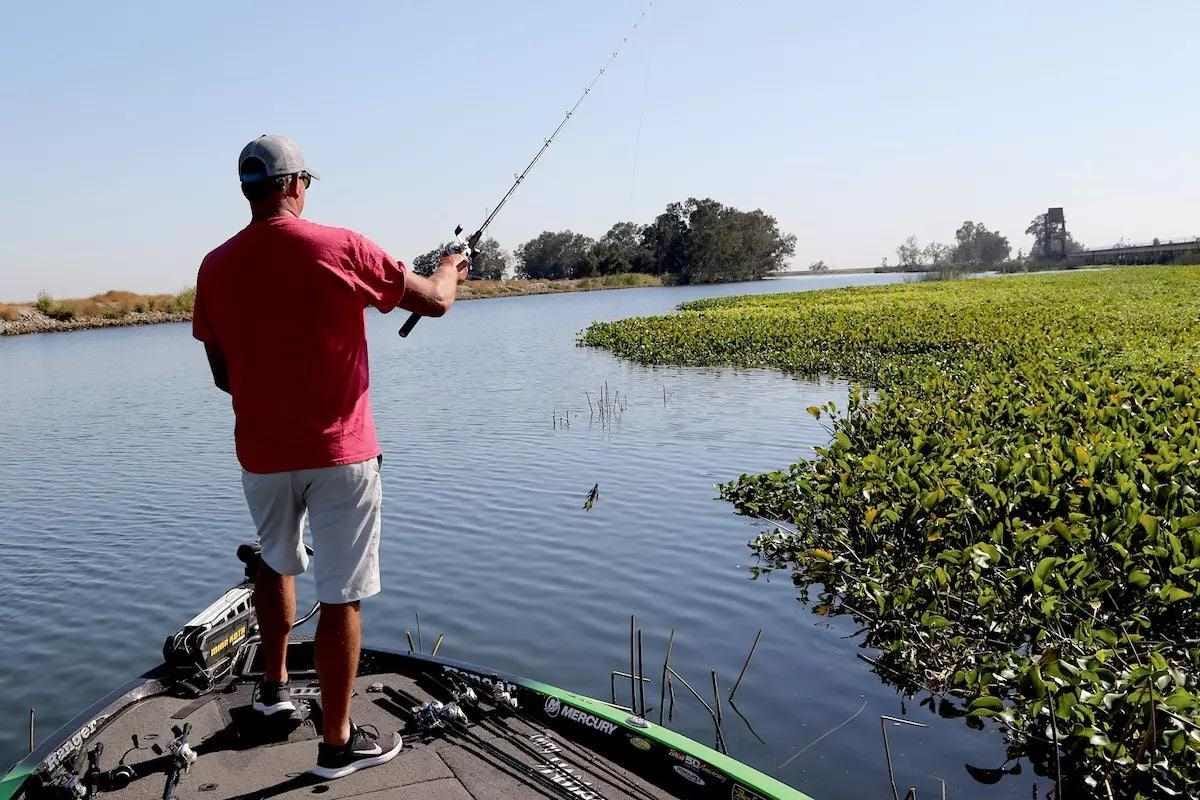The maritime rule of salvage has its origin in Roman law, which dictates that one who preserves or improves upon the misplaced property of another is owed compensation, even if the service was not requested. Let’s get out the internet trawler and get to work…
🎙️| OTW Podcast: Albie Fever —> More catalyst than cure, this conversation on the recent hardtail action around the Cape and Islands will have you checking the weather for the next best ‘sick day’. Whether its ‘shore core’, a fish from the kayak, or a boat Albie, the next few weeks should provide some great opportunities to get a piece of the lil tunny action.
🎥 | Florida Flats Tarpon Techniques —> The gents take you through a practical approach to Tarpon fishing, leveraging side-imaging and boat control tools to stay on the fish when they aren't rolling or actively pushing bait.
Commercial Sword-fishing Spearing in Italy
Reports | OnTheWater / FishermanMag / SaltyCape / HullTruth / StripersOnline
Quick Links
Budget Boat Upgrades That Help Catch Fish (SaltwaterSportsman)
Angler Calls Shot and Catches World Record Muskie (SportFishMag)
Morocco Marlin Recaptured during White Marlin Open (MarlinMag)
Inside ‘Wet-suiting’: Extreme Fishing for Striped Bass (TheAtlantic) - “The wave comes, throat-high and hungry. The last thing I see before it sweeps me off the rock and into the ocean is a man in a wetsuit leaning his shoulder into a wall of water. When we swam out here around 2 a.m. and hoisted ourselves onto the algae-slick face of a boulder, he had warned me: “If you go in here, it won’t be fun.” And he was right. I manage to keep hold of my fishing rod, and I’m reeling in lost line and treading water and trying to forget all the stories I’ve heard about sharks as a second large wave begins sucking me up its face. By the time the third crashes over me, I’ve abandoned any pretense of swimming back to our original perch. Sputtering and coughing, I make my way toward another rock closer to shore. Thirty yards in front of me, having held on to that sloping rock through the entire set, Brandon Sausele makes a long, arcing cast into the pounding surf.” —> One of the best reads of the Summer by leaps and bounds, so definitely worth the 6-mins to tap in and read this one. A much needed espresso shot of inspiration as we head into the Fall and one of the most exciting periods to hit the surf (even if it’s not dressed as shark bait).
Using Satellite-Based Technology in Offshore Fishing (Marlin Mag) - “Water color, chlorophyll or plankton data is another key source when analyzing a fishing location. This data measures the amount of chlorophyll in the water and is a good indicator of how much phytoplankton (the foundation of the food chain) is in the area. What you’re looking for is a large concentration—or hard edge—that could indicate a convergence zone. Areas with high chlorophyll levels are often in green water, and because most pelagics are sight-based foragers that prefer clearer blue water, you want to find these two bodies in close proximity to one another. The chlorophyll data, when used in conjunction with temperature data, can help narrow down an area with evidence of a true convergence zone. As with SST, stability is also important for chlorophyll data. Because the data is usually of a fresh phytoplankton bloom, it’s estimated that it can take two to five days for the zooplankton to begin feeding and, in turn, draw in baitfish and predators.”
Live Sonar Tactics for Saltwater (SaltwaterSportsman) - “Forward-facing sonar really shines at finding fish hiding in structure. Down in Louisiana, Spohrer sees through the dirty Mississippi River outflow to find tripletail holding to inshore structure. “I can see the fish react to my bait, sometimes it takes 15 minutes to get a bite,” he says. Without the sonar, Spohrer wouldn’t bother to target tripletail in dirty water. In Florida, Britton uses his sonar for vertical jigging. “When I’m on a wreck, I point the transducer down and watch the fish attack my lure.” He also uses forward sonar when he’s following tarpon just off the beach. Most anglers use a one-two approach to find fish. Sam Root starts with side-imaging sonar until he marks a snook or tarpon, then switches to forward facing to dial in the bite. “I set my trolling motor on anchor lock and use the forward-facing sonar to identify the precise location,” he says. By observing the fish on the sonar, he can choose the best lure and make an accurate cast.” —> If its not clear already, with a pro bass tour recently banning the technology outright, the Saltwater game is looking down the barrel of a massive and potentially disruptive wave of technology. Looking ahead 2-3yrs, live sonar tech is likely to become a staple on most high-rent charter, private-boat and tourney rigs in the offshore and inshore realms, and those who can afford to embrace it will reap the benefits. As seen in the freshwater world, it gives early-adopters (and the younger ‘video-game’ generation) a massive edge in competition, but it will also bring about some controversy and cultural schisms. Don’t say I haven’t warned ya.
California Dreaming For Trophy Largemouth (Game&FishMag) - “Abounding in bass-friendly habitat, the Delta’s waterways, bays and small lagoons sprout hydrilla, hyacinth, pennywort and sprawling stands of tules—a giant sedge growing in large berms rooted by the Delta’s dense peat moss. Complementing the vast vegetation, the Delta also features laydowns, docks, old barge tie-ups and lengthy lines of riprap levees. “The most important thing I look for is healthy vegetation,” says California pro Luke Johns. “I’m not too picky about the species; I just want to find a mixture of vegetation. If I have a hyacinth mat, I like to have hydrilla growing up against it. Anywhere you have two types of vegetation growing together, it’s more attractive to the fish.”
Thanks for reading The Weekly Salvage, until next week!
Have feedback or want to learn more?
Reach out to us on IG @Blowin_We_Goin






